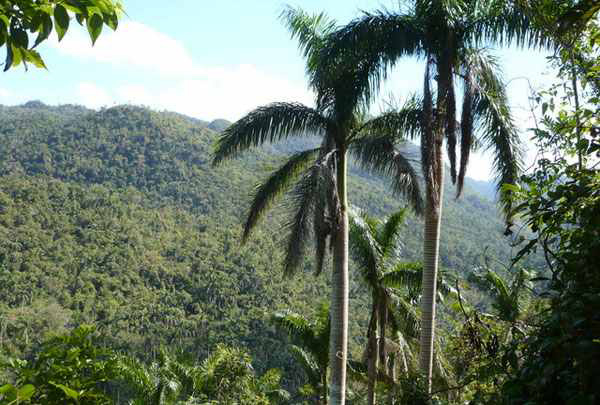Eastern province extends recovery work on prioritized ecosystems
- Written by Redacción ¡ahora!
- Published in Holguin
- Hits: 732

The Ministry of Science, Technology and Environment in the province of Holguín continues the recovery works on prioritized ecosystems, one of its objectives for the protection of the environment, in the midst of the epidemiological contingency generated by the COVID-19 pandemic.
Norelis Peña, sub-delegate of the sector in the territory, highlighted among its main results the effectiveness in the management plans of the Pico Cristal and Mensura Piloto national parks, located in the mountainous area and of reference for the studies of the flora and the autochthonous fauna of the Cuban east.
She added that there is also a biological corridor within the Nipe-Cristal geographical area, which contributes to the care of landscape resources, including the environment, the living conditions of the surrounding populations and sustainable development practices.
Peña explained that scientific research results are also applied in the protected areas in order to counteract overexploitation, the negative effects of climate change and pollution, with actions such as the planting of cubensis pines in areas affected by the mining activity and studies of vulnerable communities.
According to Peña, progress is being made in the recovery of Nipe Bay and Cayo Moa, after investments carried out here to improve waste treatment in sugar business units, hospitals and other institutions close to those ecosystems.
Holguín also has three proposals to be included within the National System of Protected Areas (SNAP), such as Cerro Galano Natural Reserve, Ceja de Melones Managed Floristry and the Cerros Cársicos de Maniabón, representative by the autochthonous species of flora and fauna and included in the red book of Cuban botany.
The SNAP emerged in the 70s with the objective of preserving species, managing biotic and abiotic resources, both terrestrial and aquatic, promoting the production of goods and services based on sustainable development and contributing to the reduction of environmental problems, according to the Cuban network of science.
Cuba has more than 200 identified protected areas, which occupy approximately 20 percent of the archipelago's surface, including areas of the insular marine platform, such as sites of national significance according to natural, historical and cultural values, administered by the Ministry of Science, Technology and Environment.
